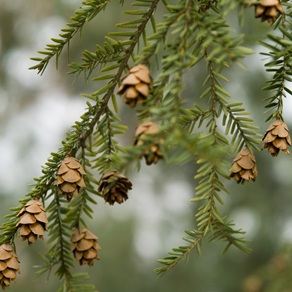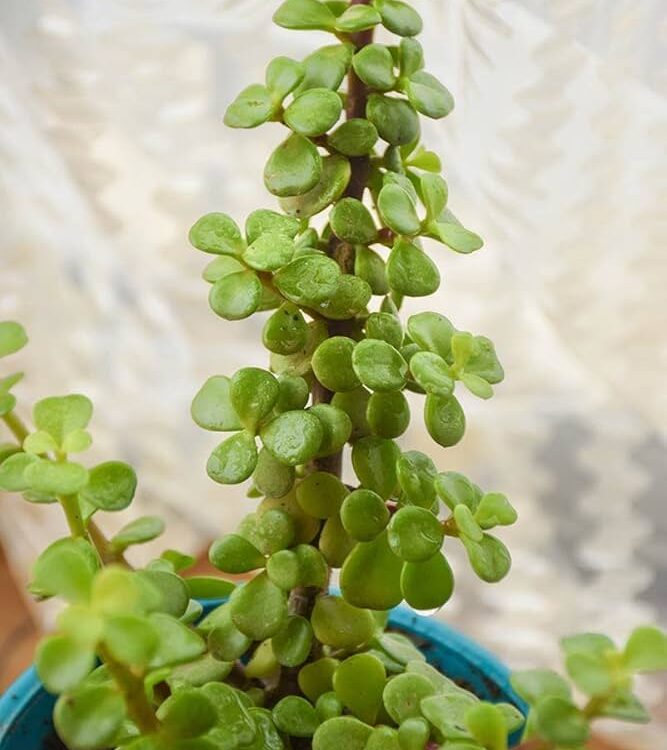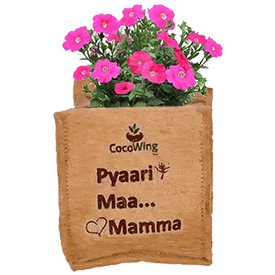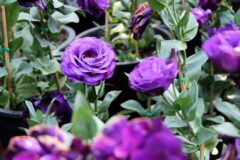Common Indian Name: Thuner (in some Himalayan regions)
One Name, Two Very Different Plants
The word “Hemlock” can refer to two completely different plants — one is a valuable timber tree (genus Tsuga, like Western Hemlock or Himalayan Hemlock), and the other is a toxic herbaceous plant (Conium maculatum, also known as Poison Hemlock). Confusing the two can be dangerous — or costly — especially when sourcing wood or seeds in India.
Let’s clear the confusion and explore how Hemlock is used, where to find it in India, and how to identify the right one.
🪵 1. Hemlock Wood: A Popular Choice for Furniture and Construction
Western Hemlock (Tsuga heterophylla), native to North America, is one of the most widely used Hemlock wood types in India. Known for its straight grain and light, uniform color, it’s popular in:
- Furniture manufacturing
- Doors and window frames
- Interior wall paneling
- General construction and joinery
In Indian cities like Chennai, Hemlock wood prices vary depending on thickness and source but remain competitive compared to teak or oak.
👉 Pro Tip: Look for kiln-dried Western Hemlock from reliable Hemlock wood suppliers in India to ensure quality and durability.
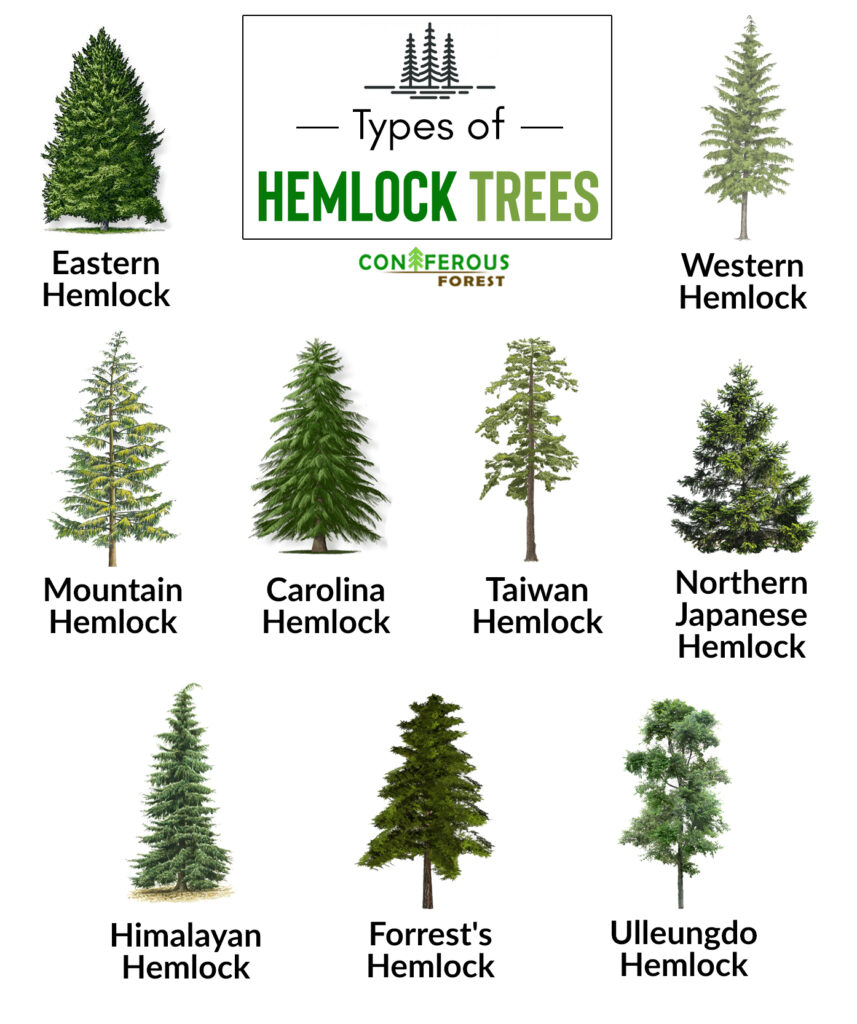
🌱 2. Hemlock Tree Seeds & Seedlings: Ornamental and Reforestation Use
There is growing interest in Himalayan Hemlock (Tsuga dumosa) seeds and seedlings in India, especially for:
- Ornamental gardens in hill stations
- High-altitude reforestation projects
- Landscaping in eco-tourism zones
This native species of the eastern Himalayas thrives in cooler, moist climates like Sikkim, Arunachal Pradesh, and parts of Uttarakhand.
If you’re a hobby gardener or forest department professional, ensure you are sourcing genuine Tsuga dumosa seedlings, as the name “Hemlock” can cause confusion with Conium maculatum, which is not a tree and is highly toxic.
🧴 3. What About Hemlock Oil? (And the Danger of Mixing Them Up)
There are occasional searches in India for Hemlock oil — which can refer to:
- Aromatic essential oil (rare, sometimes derived from Tsuga species)
- OR the highly toxic extract from Conium maculatum
Warning: Conium maculatum is the infamous Poison Hemlock used in ancient executions (including that of Socrates). It is not safe for medicinal or aromatherapy use, and is illegal to sell in many places.
✅ Only use plant oils from certified sources, and never consume anything labeled “Hemlock oil” without knowing its botanical origin.
🔍 4. How to Identify Safe Hemlock Trees vs. Poisonous Plants
| Feature | Safe Hemlock (Tsuga spp.) | Poison Hemlock (Conium maculatum) |
|---|---|---|
| Growth | Large tree (20–40 meters) | Herb/weed (1–3 meters) |
| Leaves | Needle-like, evergreen | Fern-like, parsley-shaped |
| Habitat | Cool forests, mountains | Roadsides, disturbed fields |
| Wood Use | Yes (construction) | No (toxic, not wood) |
| Seeds | Available for replanting | Highly toxic, avoid |
📌 If it has needles, it’s likely safe (Tsuga). If it looks like parsley or wild carrot, it might be Conium maculatum.
🧰 5. Where to Buy Hemlock Wood in India
In India, Western Hemlock wood is commonly imported and available through:
- Timber markets in Chennai, Delhi, Kochi, Mumbai
- Online B2B platforms like IndiaMART or TradeIndia
- Premium wood dealers catering to furniture makers and interior designers
🪚 Price Range: ₹1,400 – ₹2,200 per cubic foot (varies by grade and drying)
🌿 Final Thoughts: Know What You’re Growing (and Buying)
Whether you’re furnishing your home or planting a hillside, knowing the difference between Western/Himalayan Hemlock and Poison Hemlock is essential.
Use this guide to:
- Buy the right Hemlock wood for your interiors
- Source authentic seeds for reforestation or gardens
- Stay safe and avoid toxic lookalikes


